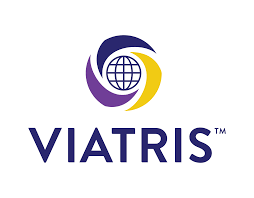Mylan (now part of Viatris) is a global pharmaceutical company that develops, manufactures, and markets a variety of products, including: Generic and branded generic pharmaceuticals, Specialty pharmaceuticals, and Active pharmaceutical ingredients (APIs).
Mylan's products are sold in more than 165 countries and territories. They have a diverse portfolio of over 7,500 marketed products, including antiretroviral therapies that are used to treat HIV/AIDS. Mylan also has a comprehensive biosimilar program that focuses on areas such as oncology, immunology, and endocrinology
The site at Damastown is part of the global Life Sciences Mylan Group which employs over 35,000 worldwide. The site produces finished oral solid dosage pharmacueticals in tablet, capsule and sachet formats. Liquid drop manufacturing and packing operations are also onsite. The Dublin facility has been using tools such as Lean & Six Sigma since 2006. The site identified an opportunity to continue on its operational excellence journey by using TPM as one of the core enablers.

For the site we developed an 11 step journey with the site and supported the launch of their Total Productive Manufacturing approach in 2010 with a focus on the removal of waste.
Their TPM journey comprised the following steps:
TPM is designed to enhance OEE by increasing equipment availability, decreasing rework and rejects and hence increasing productivity. By using the 11 Step TPM Model TPM seeks to involve workers at all levels and in all departments.
The S A Partners 11 Step TPM Model places great emphasis on developing a programme of LSW and visual management to ensure that all employees have a clear understanding of daily expectations. People are more focused on getting things done on time and in recognizing when process trends require action.
The following table shows some of the results achieved as a result of the sites TPM journey on just one of the packaging lines over a nine month period:
| 12 Months – Average 2010 | Improvement | 4 Weeks Average by 30 Sept 2011 | |
| OEE | 20.7% | X 2.5 increase | 49.5% |
| Equipment Failures | 25.7% | Down by x 6 | 4.0% |
| Idle Time | 38.0% | Halved | 21.5% |
| No Data | 2.1 | Eliminated | 0% |
| Line Restraint | 5.9% | Eliminated | 0% |
| Minor Stops | 7.8% | Down by 65% | 2.7% |
| Actual v Target (production plan) | 35% | OTIF | 100% |
TPM
Operational Excellence
Business Transformation